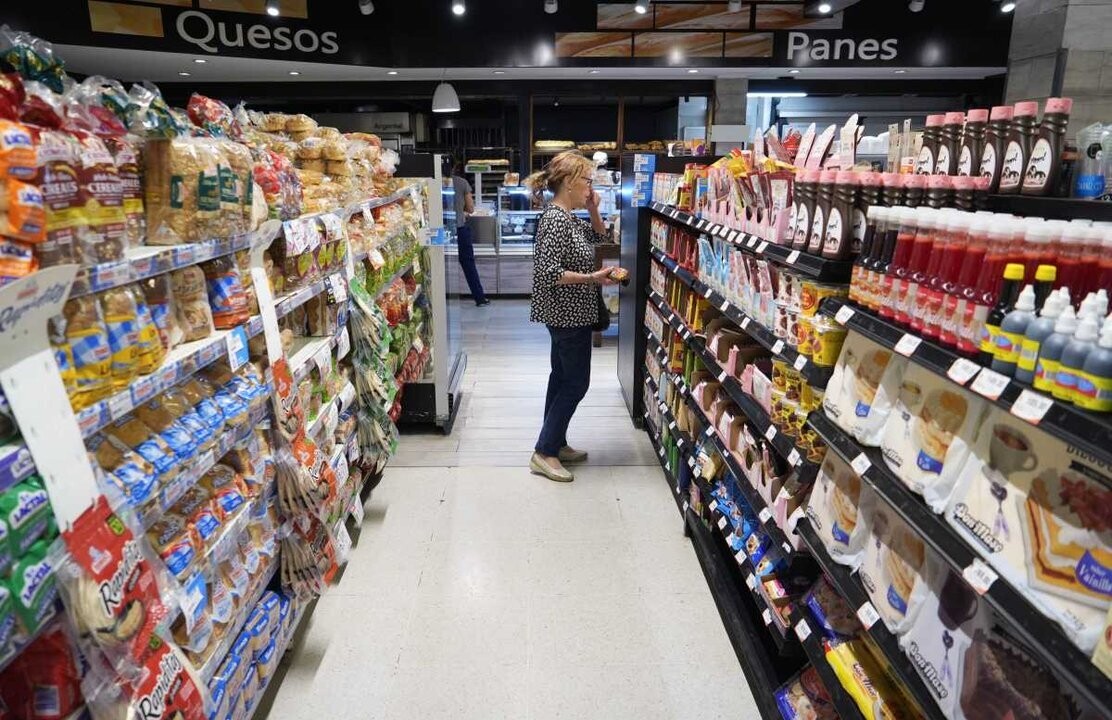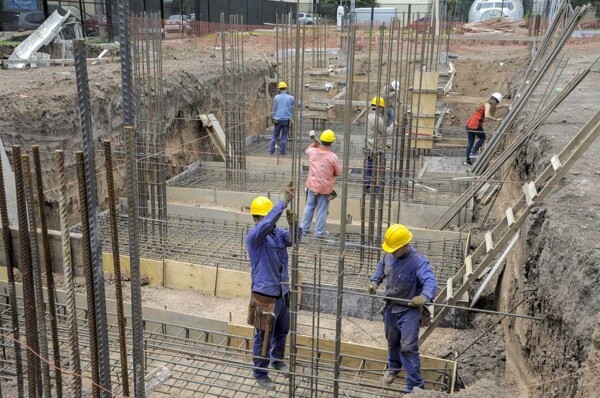
For 15 consecutive months, the consumption of basic products in Argentina has experienced a downward trend, particularly impacting sectors such as non-alcoholic and alcoholic beverages. From June to December 2023, the country experienced seven months of growth in mass consumption, with significant peaks in September (8.5%) and October (8%). However, starting in January 2024, all months recorded declines, beginning with a year-on-year contraction of 3.5% in January of the same year and maintaining a downward trend until reaching 9.8% in February.
According to the consulting firm Scentia, since the beginning of 2024, a monthly decrease of 10.2% in consumption has been observed, more pronounced in September (-22.3%), October (-20.4%), and November (-20%). Despite this, since October 2024, the decline in consumption has slowed down for four consecutive months.
Between February 2025 and February 2024, the sectors that have experienced the largest declines are non-alcoholic beverages (-18.8%), alcoholic beverages (-16.2%), products considered "impulsive" consumption (-10.5%), laundry and household cleaning items (-9.7%), and hygiene and cosmetics products (-8%). These declines were reflected in supermarkets and convenience stores across the country, being 8.3% in the Metropolitan Area of Buenos Aires (AMBA) and with an average reduction of 4.9% in the rest of the Argentine provinces.
In this context, the food basket showed its largest increase in six months in February. The cost of the basic food basket (CBA), which indicates the poverty line, increased by 3.2% in February, the highest record since September of last year. On the other hand, the total basic basket (CBT), which sets the poverty line, also experienced an increase, but at a slower rate.
Regarding INDEC, the published report revealed that, for the first time in nine months, the CBA surpassed the CBT due to higher increases in food items such as meat. The CBT increased by 2.3%, the highest since October 2024. Consequently, a "typical" family with two adults and two children needed $1,057,923 in February to avoid being considered poor, and $468,108 to avoid falling into indigence, according to official methodology.













